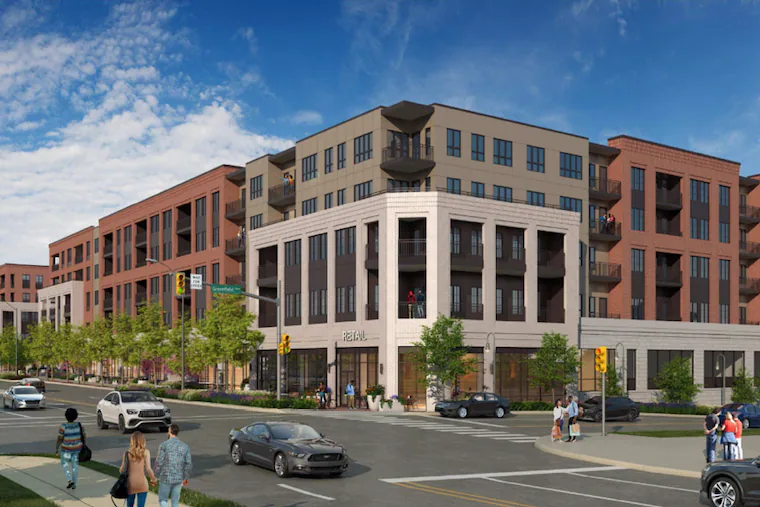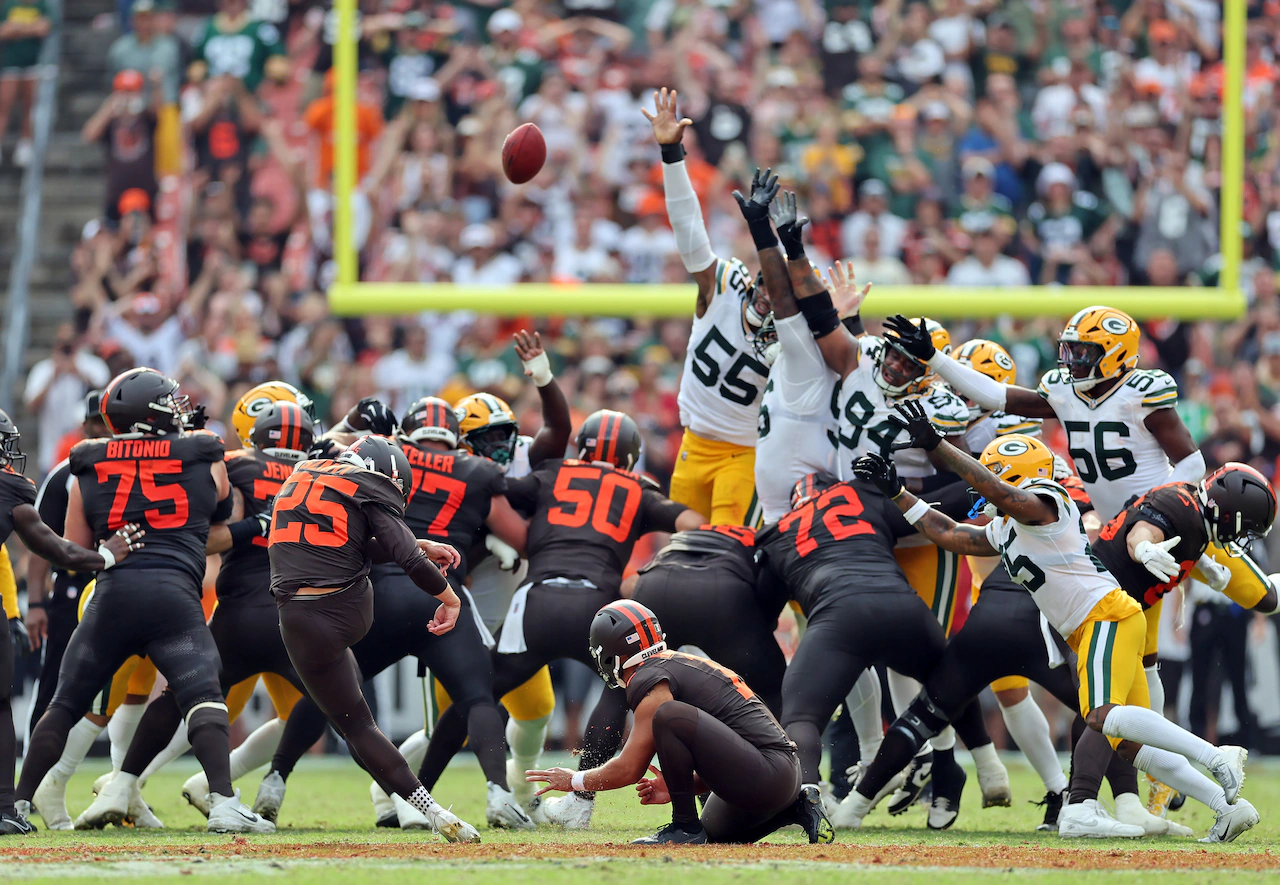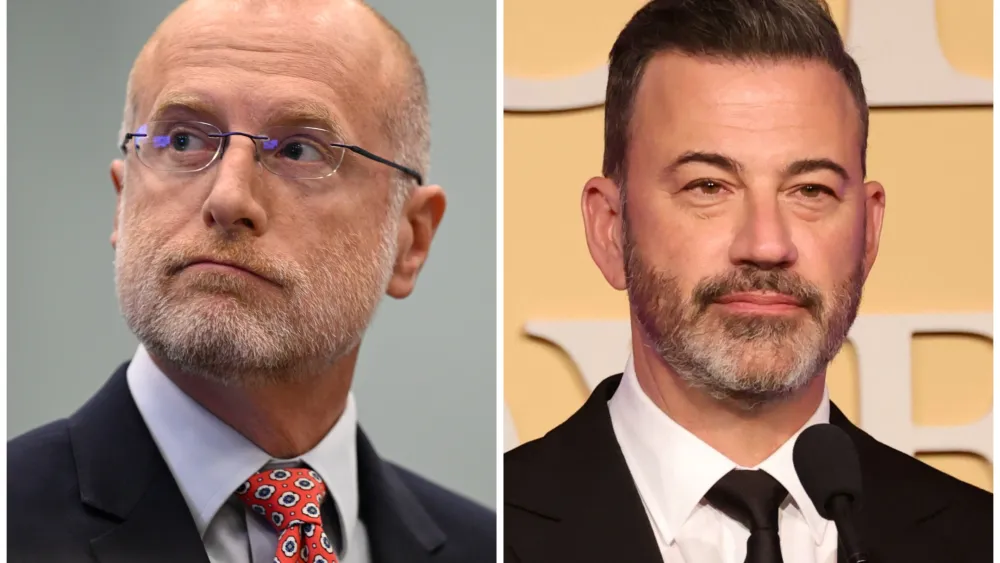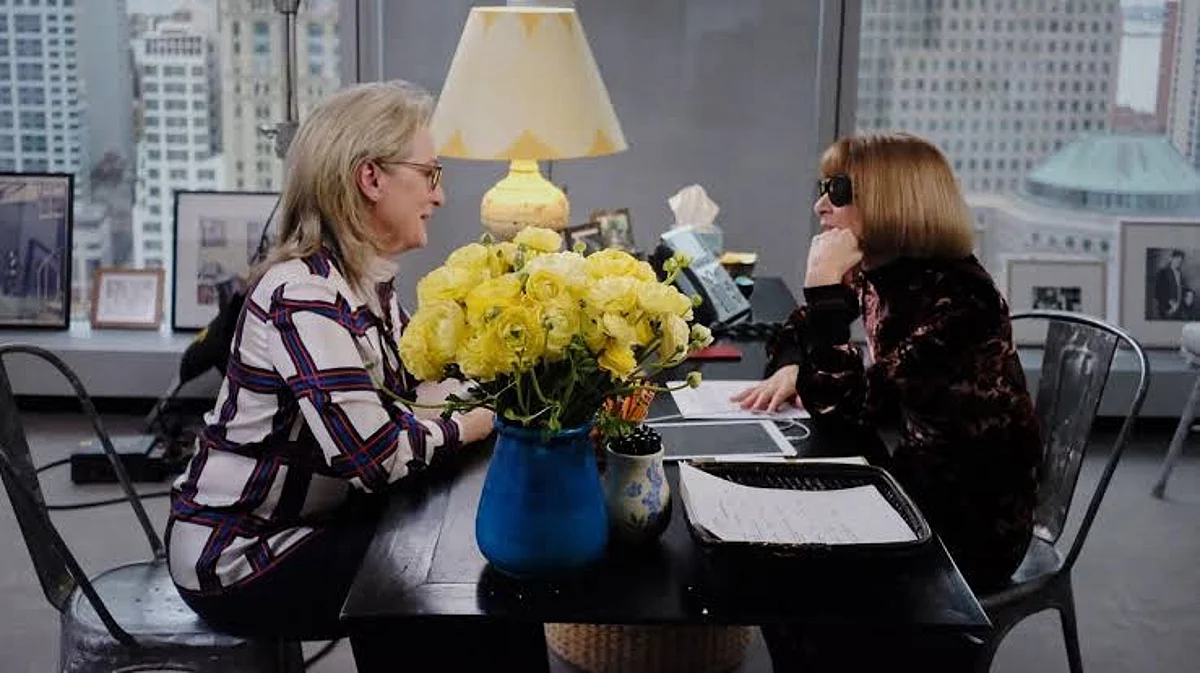Bad Bunny’s final Puerto Rico concert happened on Hurricane Maria’s anniversary. Everyone could feel it
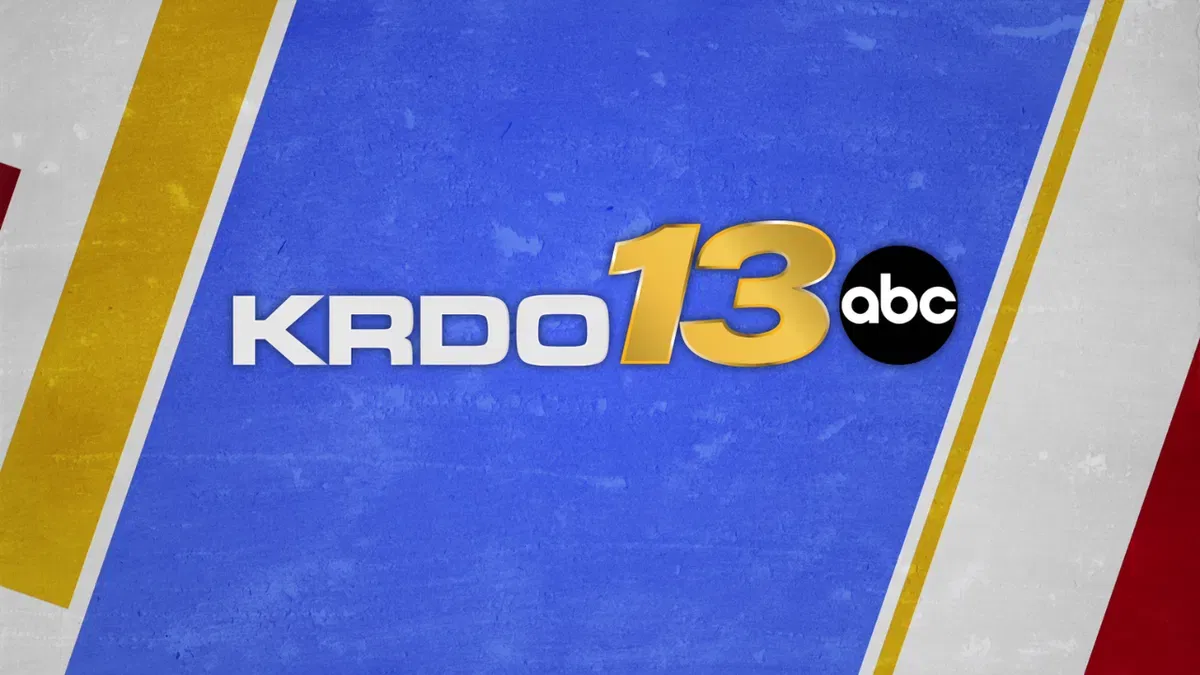
Essay by Sofía Hanalei Sanchez, CNN
San Juan, Puerto Rico (CNN) — After completing his sold-out 30-show residency “No Me Quiero Ir de Aquí” (“I Don’t Want to Leave Here”) in his hometown of San Juan, Puerto Rican superstar Bad Bunny invited the world to join the celebration with “Una Más” (“One More”), a special encore performance streamed on Amazon Prime over the weekend. It was no mistake that the final concert landed on September 20, marking the eighth anniversary since Hurricane Maria hit Puerto Rico and caused unprecedented damage.
During the final show on Saturday night, surprise guest and reggaeton star Ñengo Flow wore a jersey with “4,645” on it, the number of victims Hurricane Maria reportedly claimed. Beyond that, Bad Bunny – whose real name is Benito Antonio Martínez Ocasio – made no overt mention of the storm, but the anniversary was not lost on concertgoers, locals and virtual viewers alike.
Upon arriving in Puerto Rico – my first time – my rideshare driver Javier Rosado struck up a conversation with me about my first impression of the island. It was beautiful. Before I told him why I was visiting, Rosado told me Bad Bunny’s residency has lifted the Puerto Ricans’ spirits; even just a few months ago, the island still felt “depressed” from the aftermath of Hurricane Maria, he said.
“They (the US government) have left us abandoned here, and this young man has given us national pride and put us in the spotlight,” Rosado said. “He’s put Puerto Rico’s name all over the world. It’s something we’ve never seen before with an artist from here.”
Not long ago, Rosado was not all that keen on Bad Bunny’s music. He found the rapper and reggaeton artist’s lyrics provocative, but his 78-year-old mother was a big fan. Rosado said she was always singing “Lo Que Le Pasó a Hawaii” (“What Happened to Hawaii”) – a track warning Puerto Ricans of the privatized beaches, displacement and overtourism that transpired there – when she cooked, when she bathed, when she cleaned and when she watered the plants.
“It drove me crazy,” he said. “I had to take Mami to see that concert.”
So he did. Rosado, his cousin and his mother all went to an earlier residency show, an experience he called “life-changing.”
“Never has anything like this been seen (in Puerto Rico). He has managed to unite the entire population in a proud way – adults, young people. He has broken down all age barriers, he is showing the world how beautiful it is and (how) the United States government has forgotten us,” Rosado said of Bad Bunny’s impact. “Here, the power goes out once a week. Little by little, we have many problems that are being addressed now because he is bringing attention to them. And he is bringing attention to many social issues that affect all of us.”
Hours later, I was on my way to the concert venue to pick up my press pass and check out the block party scene ahead of the concert. Throughout the three months of Bad Bunny’s residency, hundreds of viral TikToks had captured a festival-like market just outside the arena, which featured music, sponsored pop-ups, tables of unofficial merch and handcrafted souvenirs. Saturday was no exception.
“This is like a Disney (World) for Puerto Ricans,” said Keren Mendez, a local vendor selling handmade flowers for concertgoers to wear as hair accessories. Within the red, white and blue sea of flores de Maga (the national flower) and flags of all sizes, my eye was drawn to Kiki Vazquez, who was wearing an especially large, sky-blue version of the Puerto Rican flag as a cape.
“It’s the national, pro-independent side of Puerto Rico,” she said of the shade. “But here in the concert, I don’t think it matters, the status(es) of Puerto Rico. Just that you’re Puerto Rican and celebrating our culture.”
Born and raised on the island, Vazquez said she felt a unique sense of pride to be in attendance on the anniversary date of Hurricane Maria.
“ I took the Bar (exam) – I’m a lawyer – three days before that, then headed home to Puerto Rico, and I was without power for four months in my house,” she recollected of the time. “We had no generator. But everyone was out and about helping each other. And I think today the concert will reflect that even though there was no power, there was power in the people.”
From strollers to wheelchairs, people of all ages were heading into the arena. Nilsa Medina Piña, a retired professor from the University of Puerto Rico, was helping collect signatures among the youth for Citizen Victory Movement (MVC), an anti-colonial political party that has rallied unprecedented support in recent elections.
She stated that Puerto Rico must “select a leader who truly represents what we are seeing here at this concert, which is to defend our national heritage, defend our coast, our natural resources, and the right of Puerto Ricans to have a sustainable country with its own economy and a political system that allows for the most effective participation of all its members.”
“We’ve been living through this natural and social disaster for eight years,” she added of the hurricane’s aftermath. “A phenomenon like a hurricane occurs, but it doesn’t happen in a social vacuum. It occurs in a country with great economic and social inequalities, which means that the dead are mainly poor people, people who are at an economic disadvantage compared to the wealthier population in the country.”
Although Medina Piña was not initially a fan of Bad Bunny, little by little, she has begun to appreciate the way he has civically awakened and culturally united the island’s youth. Three years ago, Bad Bunny broke the internet when he dropped “El Apagón – Aqui Vive Gente” (“The Blackout – People Live Here”), a nearly 23-minute music video that doubled as an investigative documentary highlighting the social inequalities Puerto Ricans were still facing since Hurricane Maria. While the song was used in the closing act of Bad Bunny’s 2022 “Un Verano Sin Ti” (“A Summer Without You”) tour shows, it played in the first act of Saturday’s show – and still sprung everyone to their feet.
After the concert, Kacho López Mari, the director behind that Cannes-nominated music video documentary, told me he heard comments about the lack of overt mention of Hurricane Maria during the final show, but explained that Bad Bunny’s artistic statement – and intentional date selection – spoke volumes.
“So how do musicians talk? They talk through their music. He could have done it on the 19th, he could have done it on the 21st, Sunday. He talked about (Hurricane) María in a song, and he made a 22-minute documentary about her, man,” López Mari said.
“He’s not celebrating María, he’s celebrating the coolest residency in the history of Puerto Rico, and now he’s going on tour to show the world what he did,” he continued. “So you think that in that celebration, we necessarily have to go back to a crisis, back to a trauma? The past is over. Let’s learn from it, but let’s not get stuck there. Let’s see what’s coming, and what’s coming looks like it could be better than what happened.”
During the show, families, couples and strangers danced together with glowing intensity while some children fell asleep on the plastic seats. A record-breaking number of viewers tuned into the Amazon Prime livestream from around the world. From salsa legend Marc Anthony to singer-songwriter Chuwi to Jowell & Randy – a reggaeton rap duo that joined other surprise artists for a photo depicting what the internet has dubbed “the Avengers of reggaeton” – it was a parade of Puerto Rican musical icons building up the message of love, pride and authenticity that originated and reverberated onstage from Bad Bunny.
“I promise you I will never change. I love you, Puerto Rico,” he said in Spanish before bidding goodbye with his album title track, “Debí Tirar Más Fotos” (“I should have taken more photos”).
“Never forget what the song says: Mientras uno esté vivo, uno debe amar lo más que pueda (As long as one is alive, one should love as much as one can). What has already happened cannot be changed. We can only learn from it,” Bad Bunny continued, in a rally of resilience to the audience. “To all those who left Puerto Rico dreaming of one day returning, and to those of us who are still here: No me quiero ir de aquí. Seguimos aquí, p****a (I don’t want to leave here. We’re still here, damn it)!”
Bad Bunny’s “Debí Tirar Más Fotos” world tour kicks off on November 21 in Santo Domingo, Dominican Republic before further stops throughout Latin America and later in Australia, Europe and Japan in 2026. The musician has opted not to tour in the US, citing fears of ICE actions.
